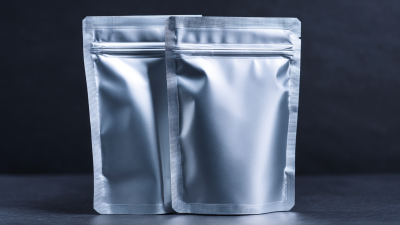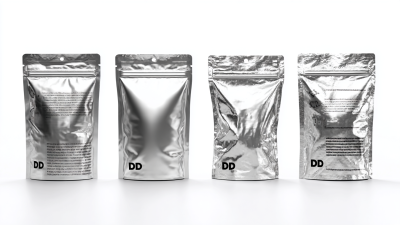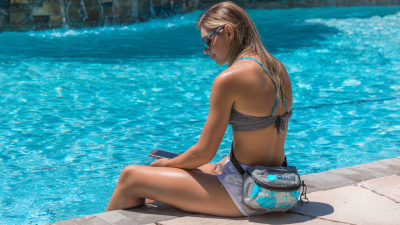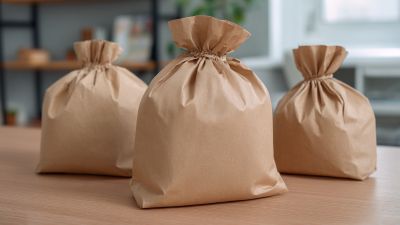In the ever-evolving packaging industry, selecting the appropriate packaging material is crucial for ensuring product integrity and consumer satisfaction. The Blank Aluminum Foil Bag is increasingly favored for its outstanding barrier properties, moisture resistance, and ability to preserve contents, making it ideal for industries ranging from food to pharmaceuticals. According to a 2022 market report by "Packaging Insights," the global demand for aluminum foil packaging is projected to grow at a CAGR of over 5% from 2023 to 2030, driven by its sustainability attributes and versatility. As businesses aim to enhance their packaging solutions, understanding the intricate features and benefits of Blank Aluminum Foil Bags becomes essential. This guide will navigate you through the key considerations and attributes necessary to make an informed choice tailored to your specific packaging needs.
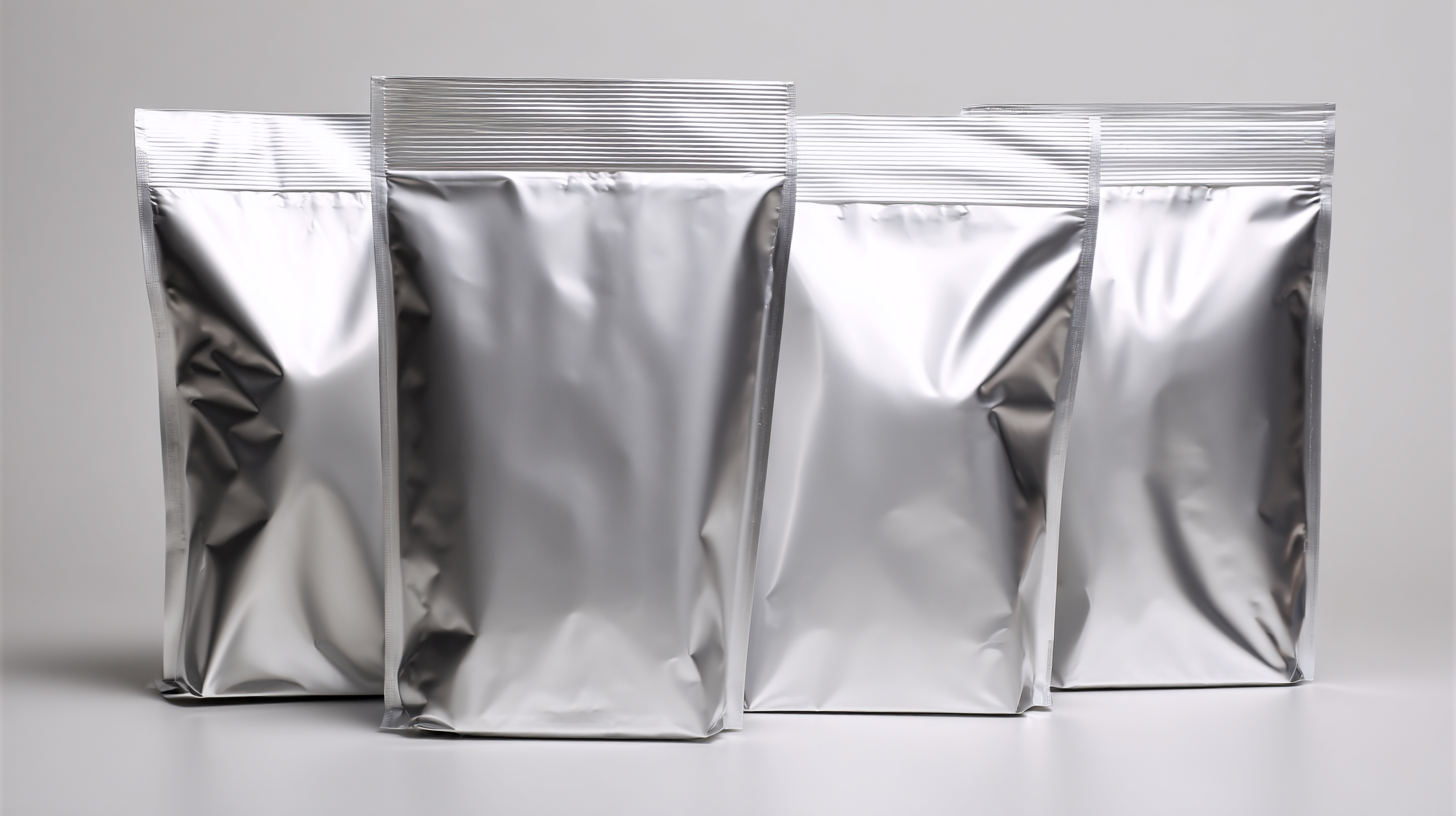
When selecting the right blank aluminum foil bag for your packaging needs, it's essential to understand the various types available and their specific applications.
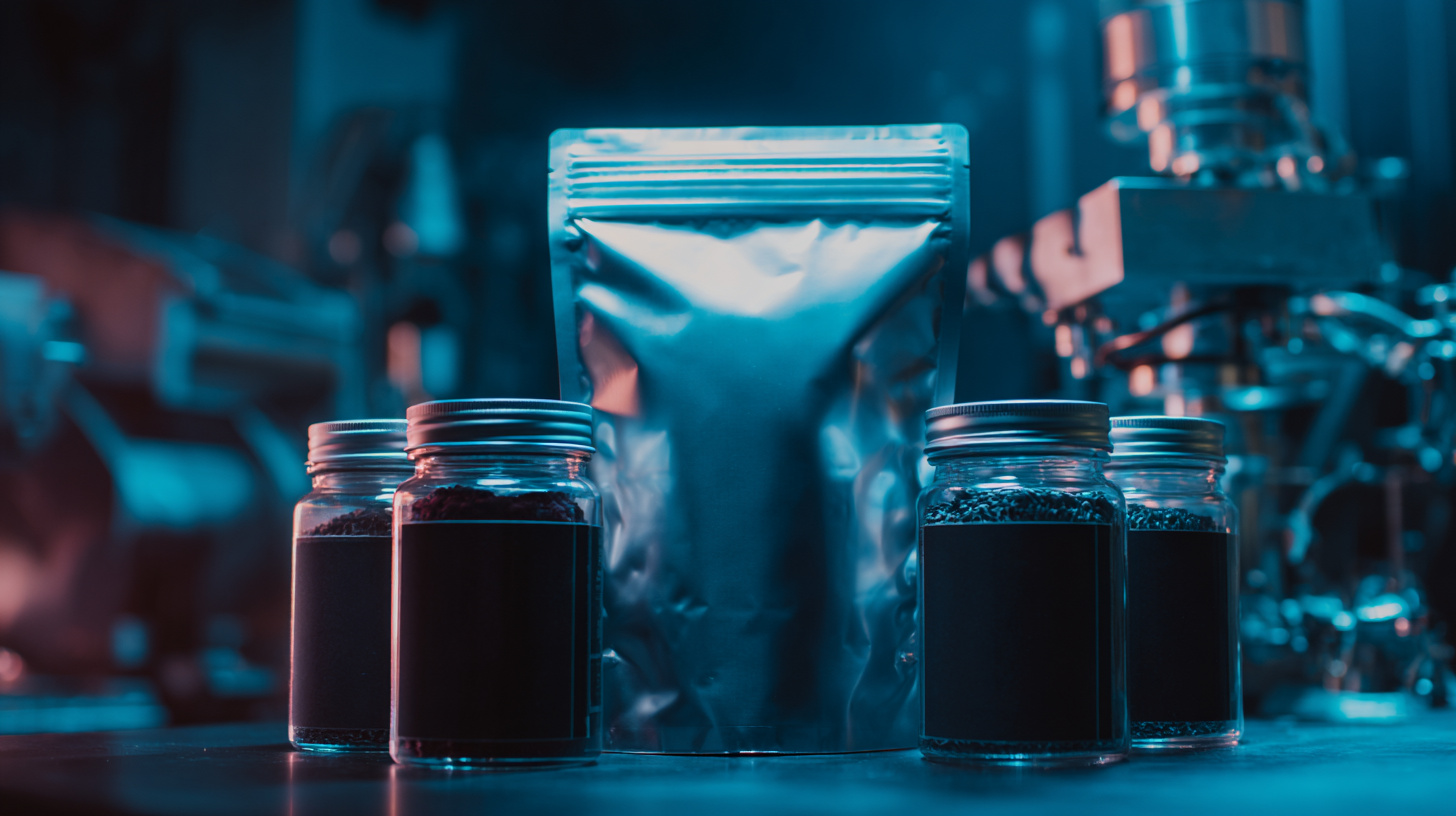 Aluminum foil bags come in several styles, including Stand-Up Pouches, Flat Pouches, and Child-Resistant Bags.
Stand-Up Pouches are favored for their ability to display products attractively while offering excellent barrier properties that protect contents from moisture, light, and oxygen, making them ideal for snacks, coffee, and dry foods.
Aluminum foil bags come in several styles, including Stand-Up Pouches, Flat Pouches, and Child-Resistant Bags.
Stand-Up Pouches are favored for their ability to display products attractively while offering excellent barrier properties that protect contents from moisture, light, and oxygen, making them ideal for snacks, coffee, and dry foods.
Flat Pouches, on the other hand, are often used for products that do not require a stand-up format, such as powders, small parts, and non-food items.
These pouches can be heat sealed for tamper-evident packaging and are great for bulk items.
Child-Resistant Bags, compliant with safety standards, are crucial for packaging products such as pharmaceuticals and hazardous materials, ensuring safety without compromising usability.
Understanding these options will help you choose the appropriate aluminum foil bag tailored to your product’s requirements.
When selecting aluminum foil bags for your packaging needs, it’s essential to consider several key factors that will affect the performance and suitability of the bags for your products. First and foremost, you should evaluate the material thickness, which plays a crucial role in protecting your contents from moisture, light, and oxygen. A thicker bag generally provides better barrier properties, making it ideal for sensitive items like food products or pharmaceuticals. Additionally, consider the bag's sealing method; heat sealing is often preferred for creating airtight seals, while zipper options offer convenience for products that may require repeated access.
Another critical factor is the size and shape of the aluminum foil bag. Ensure that the dimensions match your product requirements to avoid excessive space that could compromise the bag's integrity. Furthermore, custom designs and printing capabilities can enhance branding and make your products stand out on the shelves. Lastly, assess the environmental impact of the materials used; selecting bags that are recyclable or made from sustainable resources can contribute positively to your brand image while meeting consumer demand for eco-friendly packaging solutions.
| Dimension | Thickness (Microns) | Material Type | Barrier Properties | Sealing Method | Application |
|---|---|---|---|---|---|
| 5 x 7 inches | 50 | Aluminum foil + PET | Excellent moisture and oxygen barrier | Heat seal | Snack foods |
| 8 x 10 inches | 70 | Aluminum foil + Nylon | Good barrier for light and moisture | Vacuum seal | Coffee and tea |
| 4 x 6 inches | 40 | Aluminum foil only | Excellent light barrier | Cold seal | Dried fruits |
| 6 x 9 inches | 60 | Aluminum foil + PET + PE | Great oxygen and moisture barrier | Heat seal | Pet food |
| 7 x 9 inches | 80 | Aluminum foil + PET | Excellent thermal stability | Heat seal | Medical supplies |
When selecting a blank aluminum foil bag for packaging, evaluating barrier properties is crucial as it directly impacts product freshness and shelf life. Aluminum foil offers superior protection against moisture, light, and oxygen, which are key factors that can compromise the integrity of perishable goods. A bag's barrier properties can significantly determine how well a product retains its flavor, aroma, and nutritional value over time.
Different products require varying levels of barrier protection depending on their sensitivity to environmental factors. For instance, food items, pharmaceuticals, and chemicals may necessitate high-barrier bags to ensure maximum shelf life. Manufacturers often utilize multilayer materials that combine aluminum with other polymers, enhancing the overall barrier performance while maintaining flexibility and usability. Prioritizing these properties when choosing your packaging solution can lead to improved product quality and customer satisfaction. Therefore, consider the specific needs of your products when evaluating potential aluminum foil bags for optimal freshness and durability.
When it comes to aluminum foil bags, customization is key to creating packaging that not only protects products but also enhances brand identity. According to a recent market research report by Grand View Research, the global flexible packaging market size was valued at USD 249.2 billion in 2022 and is anticipated to expand at a CAGR of 3.5% from 2023 to 2030. This data suggests that more brands are recognizing the impact of customized packaging solutions in capturing consumer attention and improving shelf appeal.
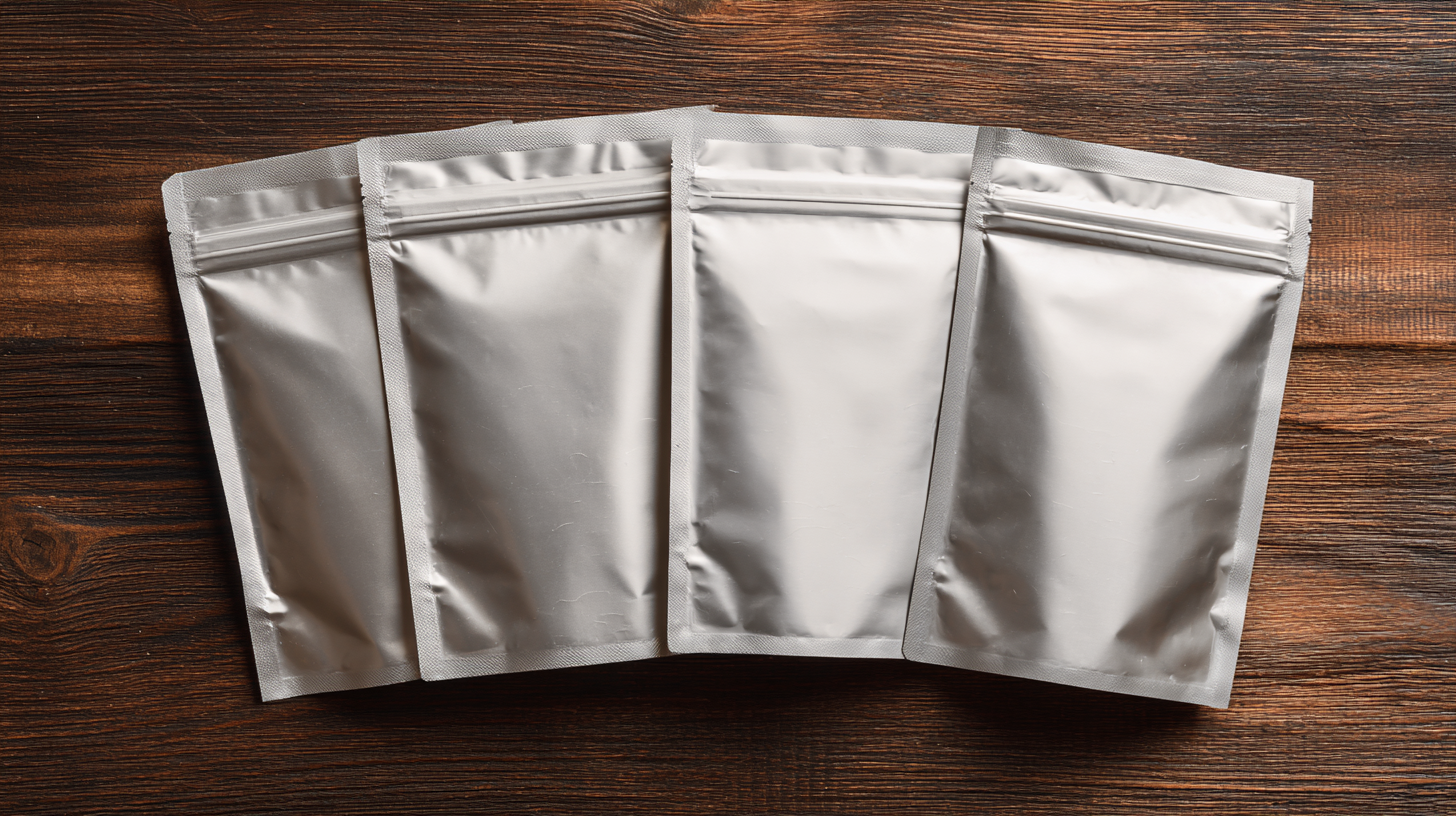
To effectively design aluminum foil bags that fit your brand, consider the options for size, color, and printing techniques. High-quality printing methods like rotogravure or flexography ensure that your branding stands out while maintaining a professional look. Additionally, incorporating eco-friendly materials can resonate well with environmentally conscious consumers, offering dual benefits of product protection and sustainability.
Tip: Always test your designs on various bag sizes to see how your branding translates across different scales. Tip: Utilize mockups to visualize colors and designs, ensuring they align with your overall marketing strategy before going into production. Ultimately, the more thought you put into customization, the stronger your brand will appear in a crowded market.
In the context of the growing global emphasis on sustainability, the choice of aluminum foil packaging has become increasingly significant. The global aluminum foil packaging market is anticipated to reach USD 47.0 billion by 2035, driven primarily by the demand for eco-conscious solutions across various industries. With the global push for sustainable food packaging, it's essential to consider eco-friendly aluminum foil bags that minimize environmental impact without compromising quality.
When choosing the right aluminum foil bag, focus on materials that are recyclable and produced through sustainable manufacturing processes. The Medicine Aluminum Foil Market alone is projected to experience a growth potential of $2.3 billion by 2033, illustrating the rising demand for environmentally responsible packaging in pharmaceuticals. As industries transition towards greener solutions, opting for eco-friendly aluminum packaging not only meets consumer expectations but also supports regulatory compliance in emerging markets.
**Tips:**
- Look for aluminum foil bags that feature sustainable certifications to ensure they meet strict environmental standards.
- Consider how the design of the packaging can minimize waste, such as by using resealable options that reduce the use of additional materials.
- Stay informed about industry trends, as the shift towards sustainability is reshaping packaging solutions, making it easier to find eco-friendly options that suit your needs.
This chart illustrates the sustainability considerations of aluminum foil packaging. The high recyclability rate indicates its potential for reducing environmental impact, while biodegradability remains a concern. Energy consumption and water usage during production are crucial metrics to evaluate overall sustainability.


